EASY VEG PROJECT
This mega-sized bulb is actually part of the leek family and has a delicious, mellow flavour
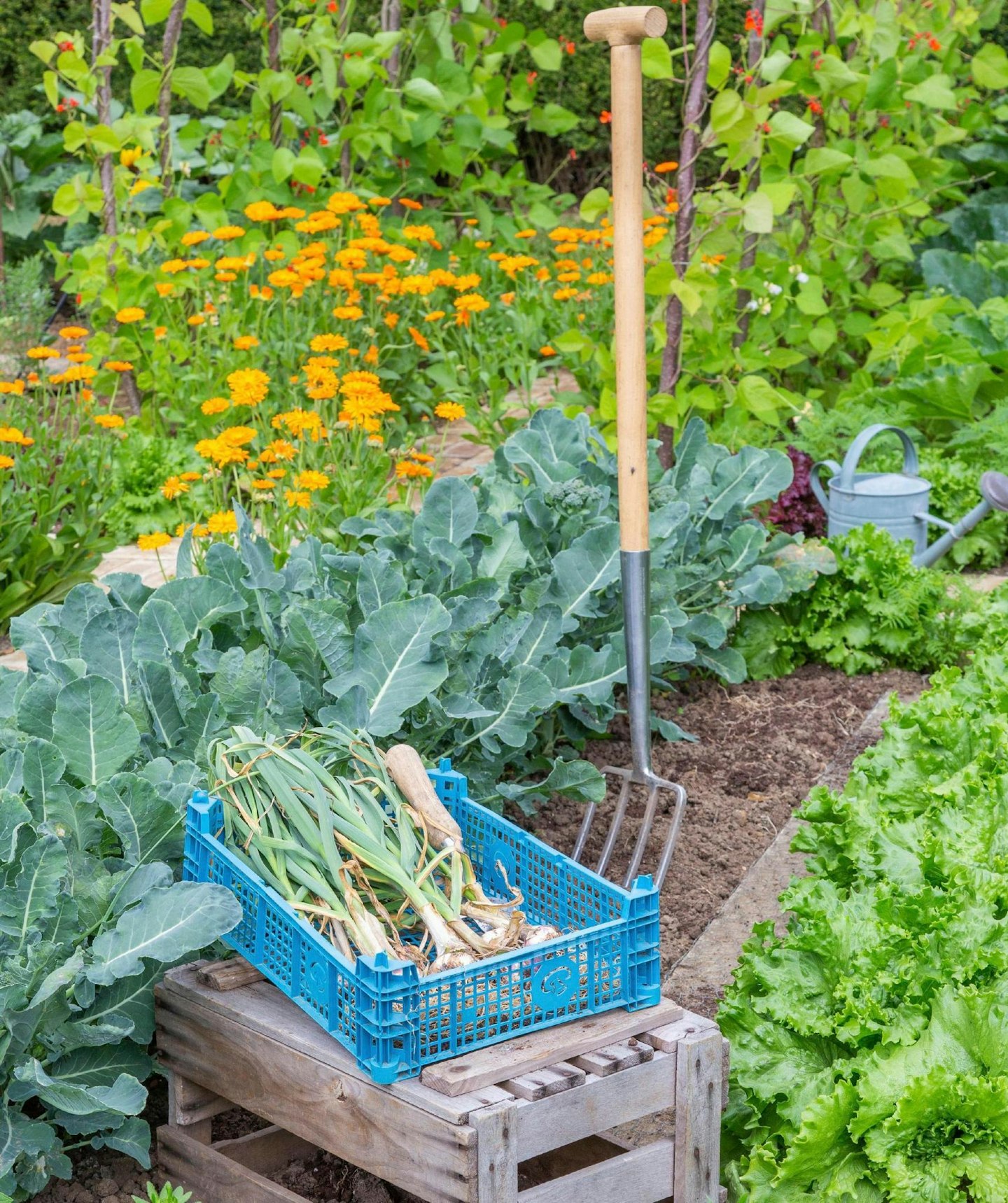

1 Source quality elephant garlic seed bulbs from garden centres or specialists, rather than supermarkets. You need peat-free compost, modular trays or 6cm pots, a label and a watering can.
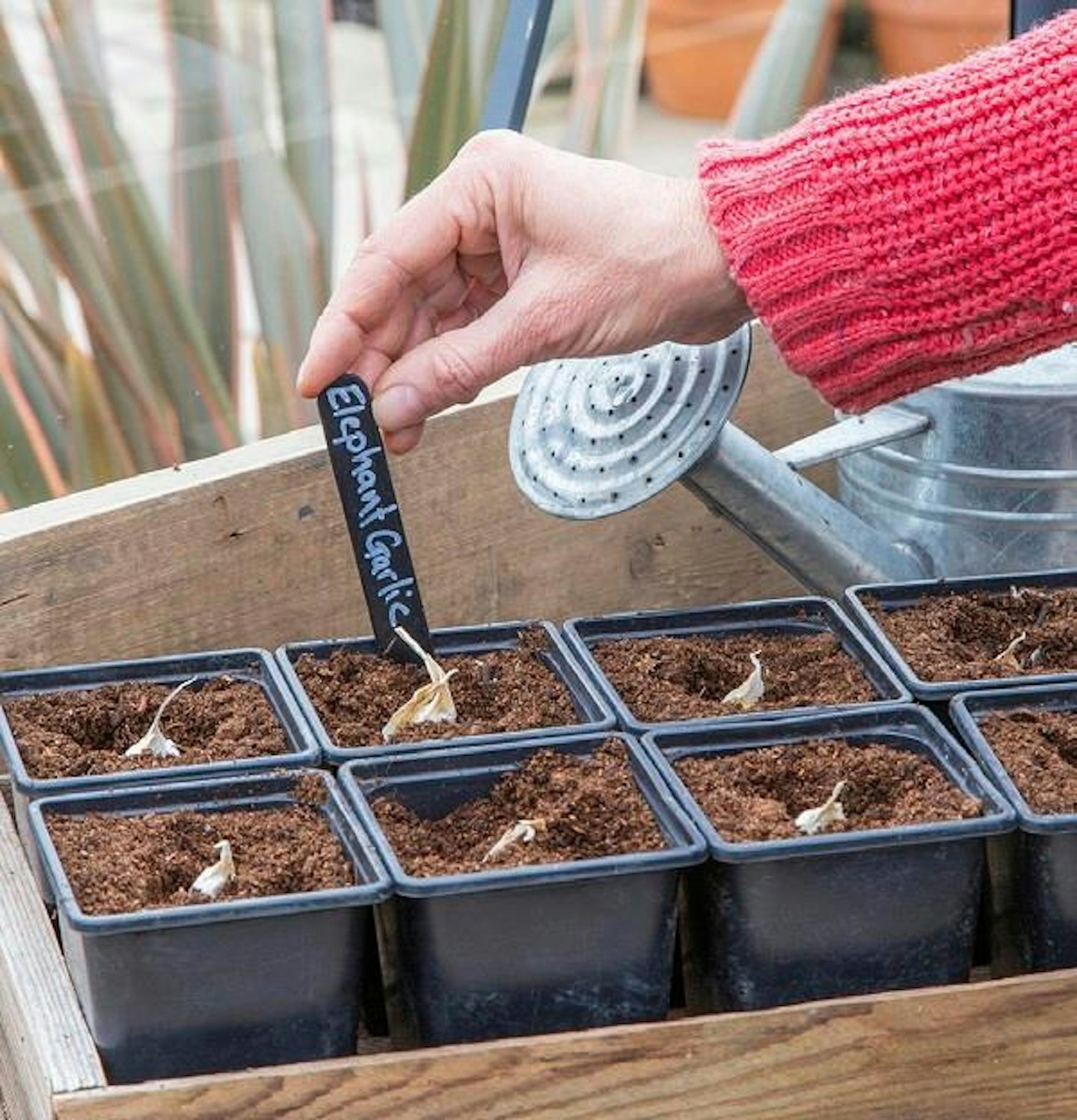
2 Half fill the pots with compost and break the garlic off into cloves. Choose the largest ones and place one clove in each of the pots, with the pointed end facing upwards.
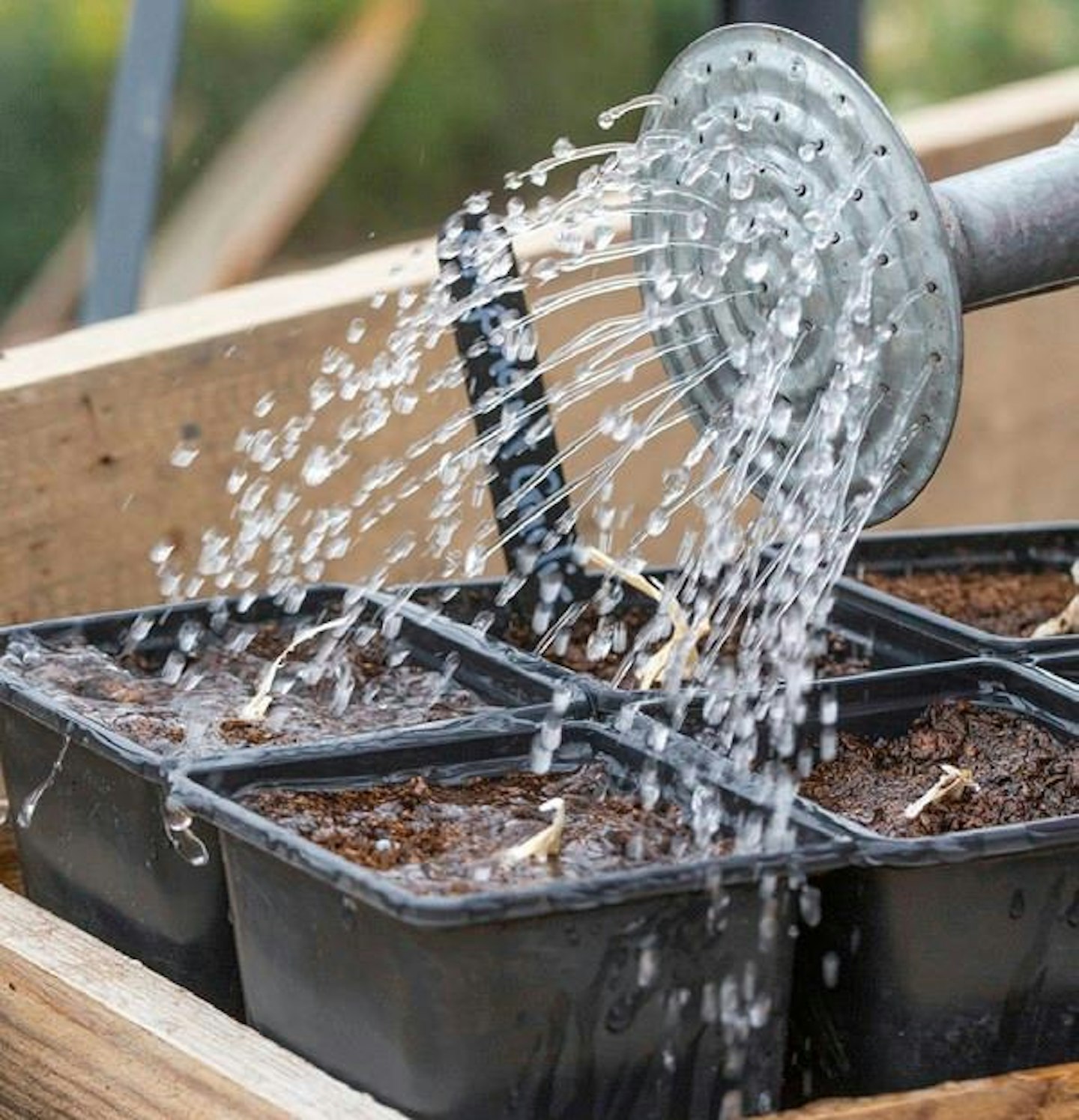
3 Top up the compost and label them clearly. Water the bulbs in lightly and place the pots in a greenhouse or cold frame where they will be cool and protected from the elements.
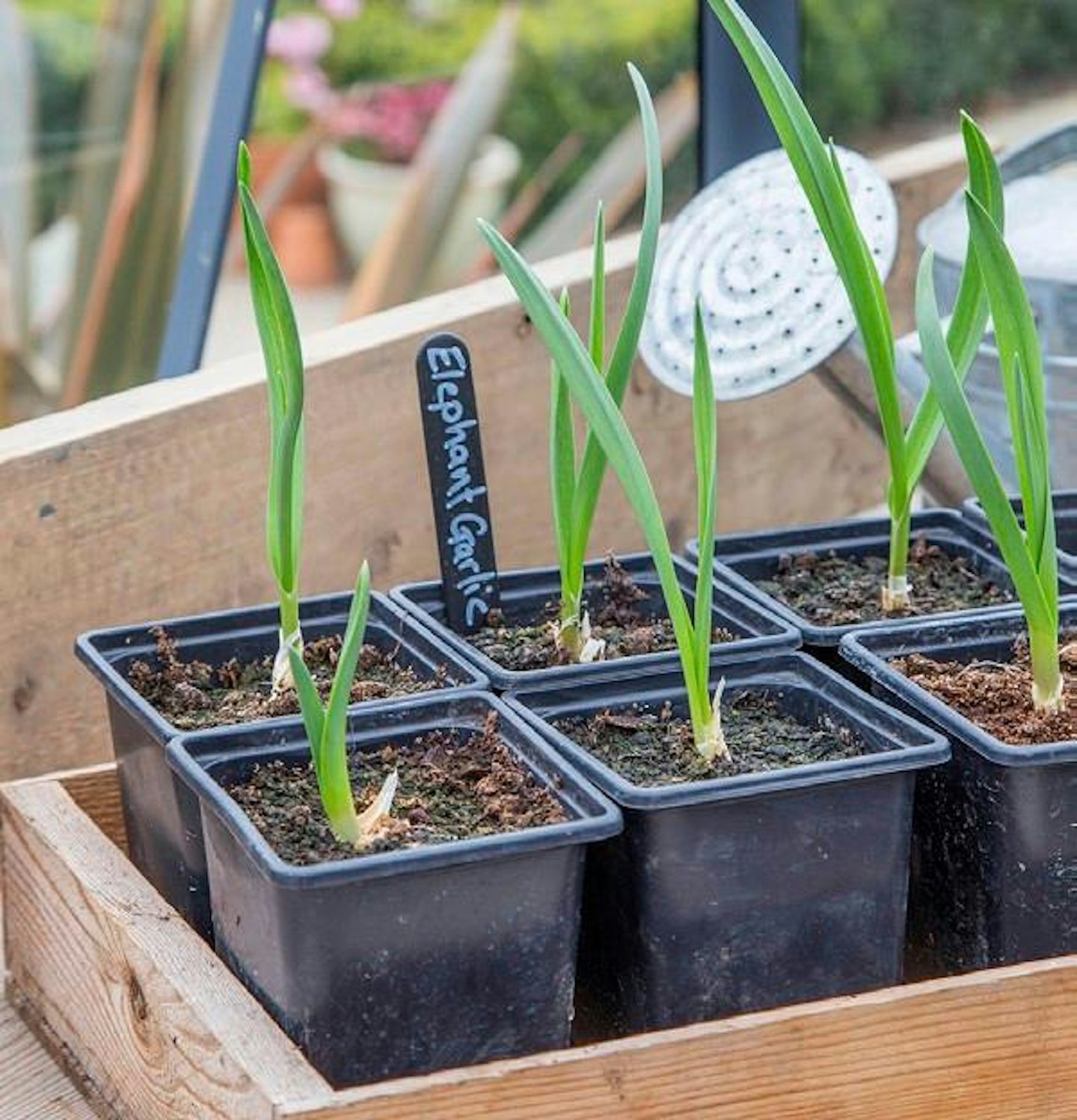
4 Keep the compost moist, but not wet. Elephant garlic needs a long, warm growing season so look after them inside until springtime, when they will be ready to plant out.
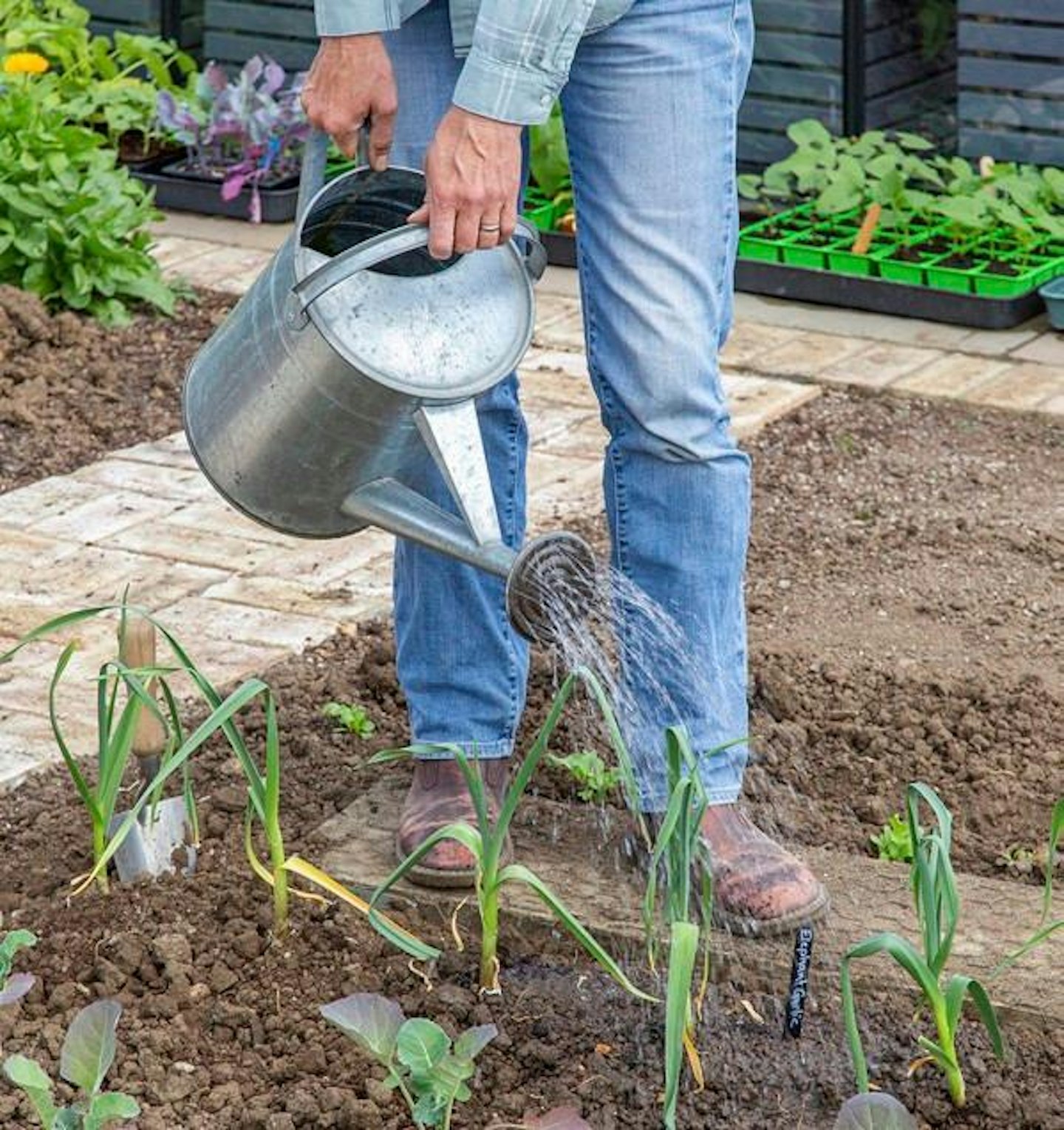
5 Find a sunny spot with good drainage; soil that is too wet and soggy can spread diseases. Remove weeds and add organic matter to increase nutrients. Plant out the seedlings at 15cm apart.
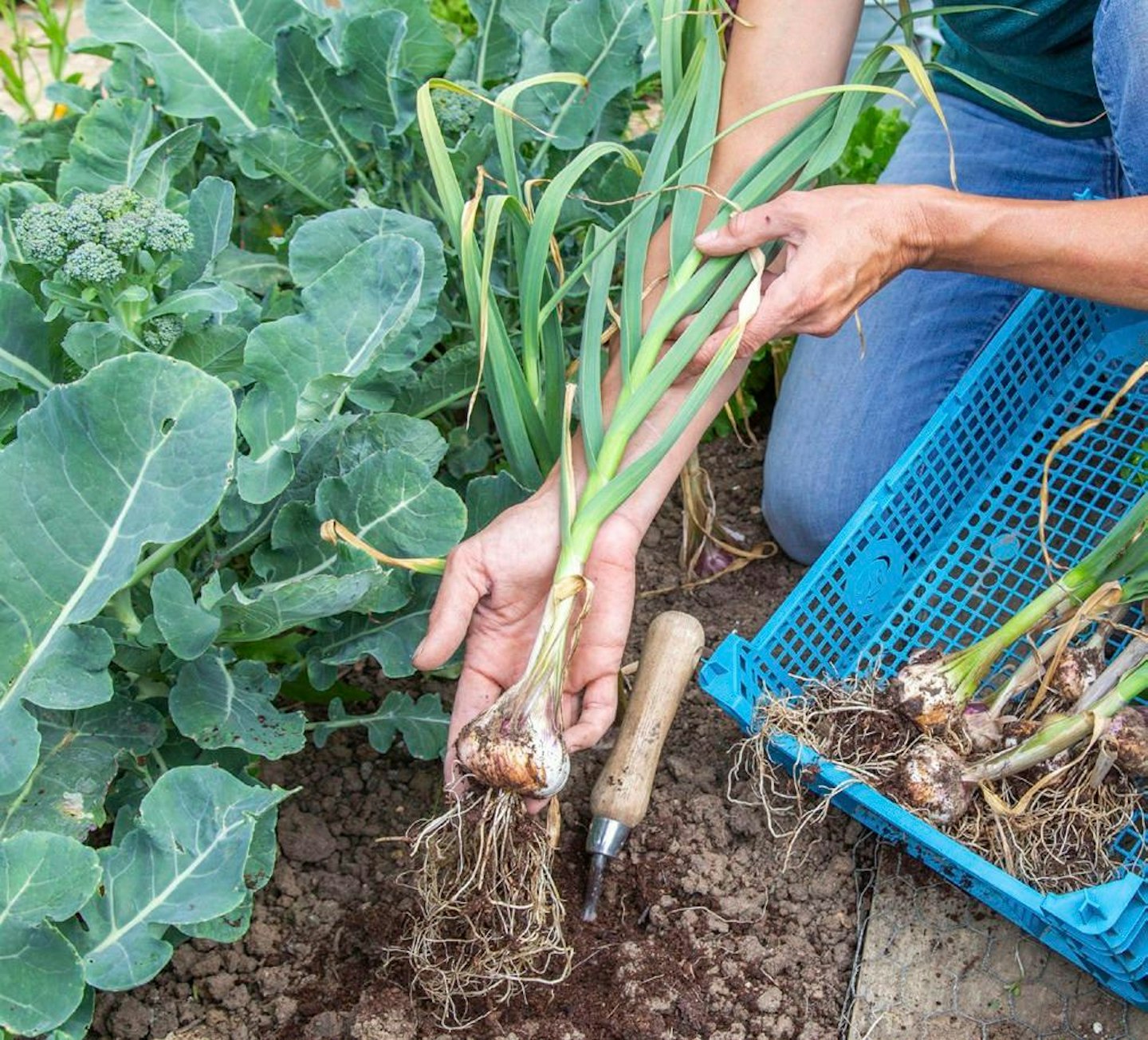
6 Remove flowers as soon as you see them so the plant doesn’t waste energy producing them. The garlic is ready when the foliage turns yellowy-brown. For best results, do not delay harvesting.
ELEPHANT-SIZED MILD FLAVOUR!
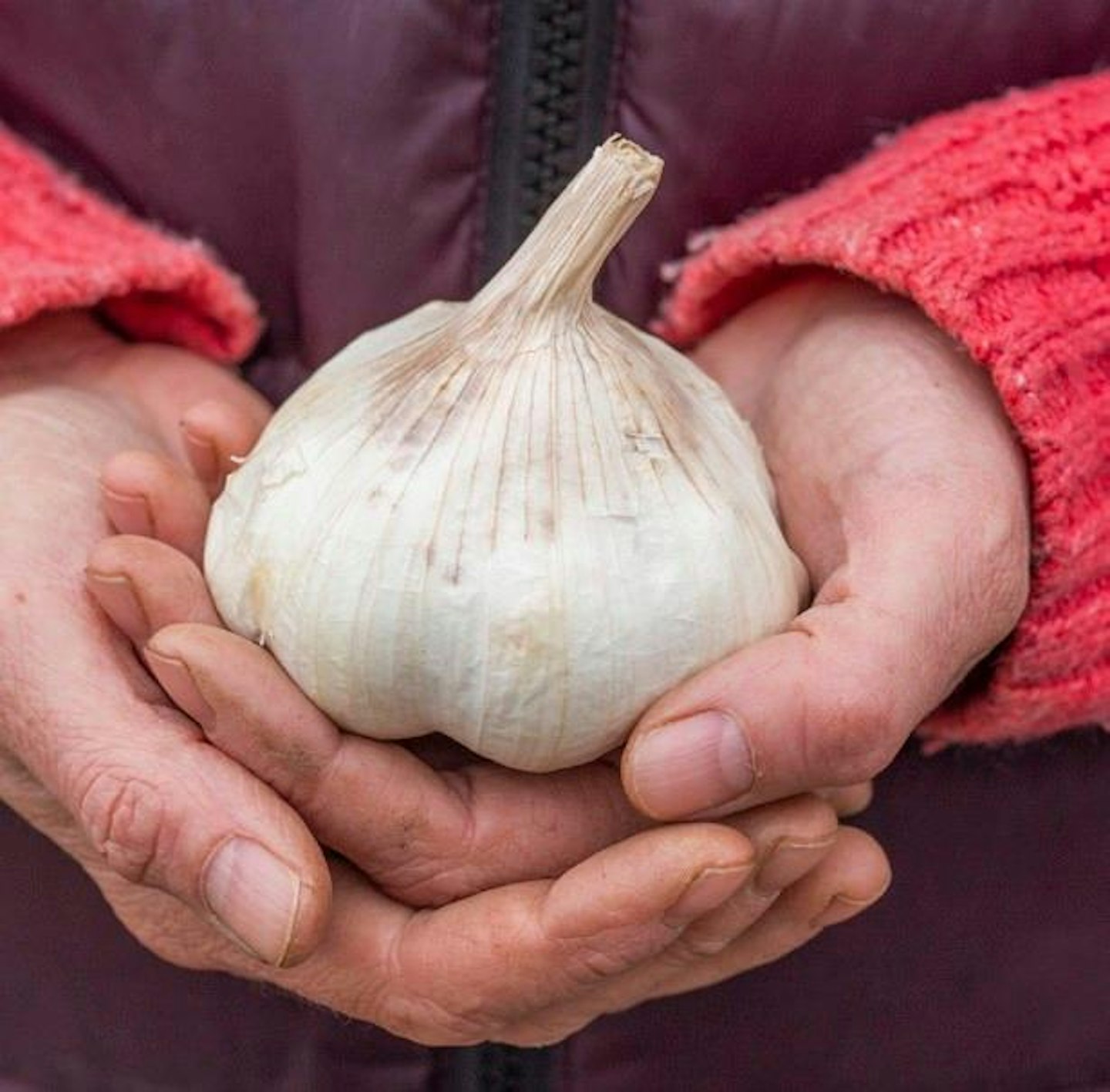
The name elephant garlic refers to the fact that it is twice as big as normal garlic bulbs, however, the flavour is much milder. Elephant garlic is actually more closely related to leeks.
After harvesting, don’t wash them, but brush off the soil and store them in a cool, dark place for eight weeks to cure so they will last longer. They should be spread out so they are not touching each other and air can circulate around them.
Because of its milder flavour, some people enjoy eating it raw in salads but we think it tastes best when cooked.
PHOTOS: GAP PHOTOS

